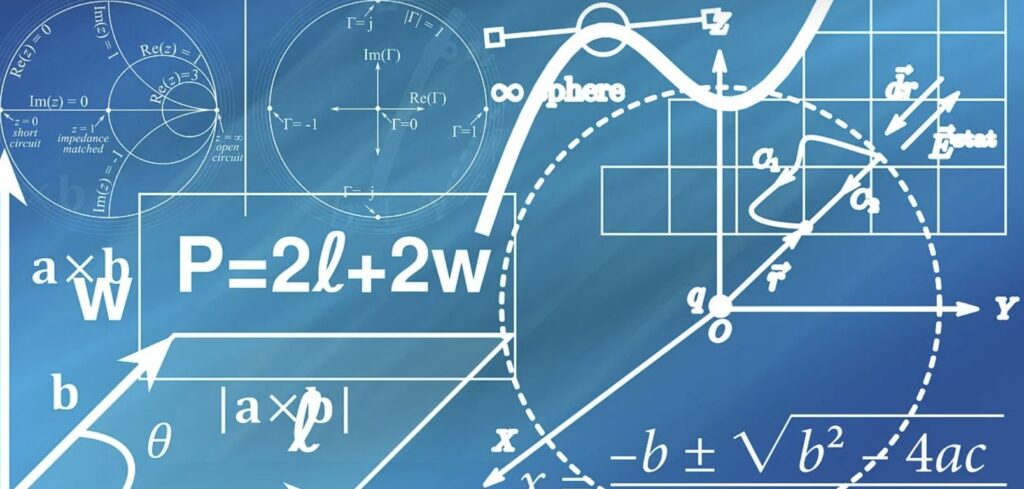How to Learn Math for Teachers
by Sarah Gullett
I recently had the opportunity to take a professional development course titled “How to Learn Math for Teachers” offered by Youcubed.org. The course was taught by Jo Boaler, Professor of Mathematics at Stanford University. Throughout the course, Boaler explores new research on mathematics learning and student mindsets in an engaging format. As a non-math teacher administrator, I took this course hoping to be able to provide my math teachers with valuable feedback to transform their teaching. This course not only provided me with that knowledge but also gave me an entirely new perspective on math in general.
Here are some of the main takeaways from the course:
#1 Recognize math trauma and debunk damaging myths
One of the myths that permeated my own experience with math was the idea that you are either a math person or you aren’t. Teachers subconsciously feed into this myth by commenting to their students “You just aren’t a math person, and that’s ok.” While teachers make these comments with the best of intentions, the comments themselves do more harm than good. Research also shows that these comments are made more to young girls as young as 5, thus establishing a mindset earlier on that persists as the girls mature into young women. By recognizing the students’ previous experiences with math, teachers can help students develop a new relationship with math through a growth mindset.
#2 Teach a growth mindset
Based on the research by Carol Dweck, a growth mindset is essential in math, and Boaler strongly encourages teachers to build a culture around it. She recommends teachers avoid saying things that can encourage a more fixed mindset and replace them with growth mindset alternatives. For example, even when said to encourage a child, by saying “You’re really smart” or “You’re really good at math”, the message that is being sent is that an individual’s intelligence and math potential are fixed and cannot be changed. Boaler recommends teachers replace those sayings with “you worked really hard”, and use words like “not there yet” to promote hopefulness to struggling students. All of the other ideas in this course are cemented in this growth mindset culture and breaking down the myth that only certain people can learn math.
#3 Build a culture where making mistakes is valued and part of the learning process
Learning any new thing means that students are going to make mistakes. I see a lot of math teachers call on students they know will give the correct answer every time, so as not to embarrass or discourage the students who may not have it correct. Unfortunately, this practice not only encourages a fixed mindset but does not allow students to make sense of what they don’t know. According to Carol Dweck, “Every time a student makes a mistake in math, a synapse fires.” Several studies on brain science show that real learning and retrieval happen when a new synapse is created and that the best time for growth is when the brain is struggling to process something. With that in mind, math teachers should provide students with challenging problems and opportunities for mistakes to occur, and build a classroom culture around the idea that mistakes are the most important part of learning. Teachers should encourage students to review their mistakes by highlighting them on assessments and allowing students to make corrections.
#4 Dissociate math from speed
Research shows that timed tests and activities cause early math anxiety and discourage mistakes, focusing on speed and correctness rather than understanding. Teachers subconsciously place value on speed in calculation by often calling on the first student to raise their hand and moving on after a correct response is given. One strategy Boaler suggests is “silent thumbs”, in which students place a thumbs up on their chest when they are done with a particular problem. The teacher waits patiently for all thumbs up before calling on a few students to share their responses. The teacher accepts multiple responses (both correct and incorrect) before revealing the correct answer. It can be difficult for teachers to adjust to a longer wait time for student participation at first, but the payoff that will lead to student understanding will be worth it.
#5 There is more than 1 way to solve a math problem
One of the strategies that Boaler uses with her math students at Stanford University is something she calls “Number Talks.” A number talk involves giving students a math problem without background information or an algorithm. Students have a set amount of time to think about what they already know about math and apply it to the problem. After the time has passed, Boaler calls up students to show the class how they approached the problem using a whiteboard or chart paper. She displays all of their methods and compares them to each other, emphasizing the idea that you can be creative in math and that there is more than one way to approach a problem.
Conclusion
As a self-proclaimed “nonmath person”, I was initially intimidated by this course, but after completing the modules and reading the research, I learned to have a new appreciation for math instruction. There are many more takeaways from this course and a lot of excellent ideas and instructional strategies for math teachers to apply to their classrooms. If you are interested in learning more, go to https://www.youcubed.org/resource/online-courses-for-teachers/. This course is available along with other professional development opportunities for teachers, parents, and administrators.

